Crusher Rotor Balancing
A crusher is a machine designed for mechanically breaking down pieces of hard material into smaller pieces. The primary working component of a crusher is the rotor, which is fitted with crushing elements (hammers, teeth, etc.). As the rotor rotates at high speed, it crushes the material fed into the crushing chamber.
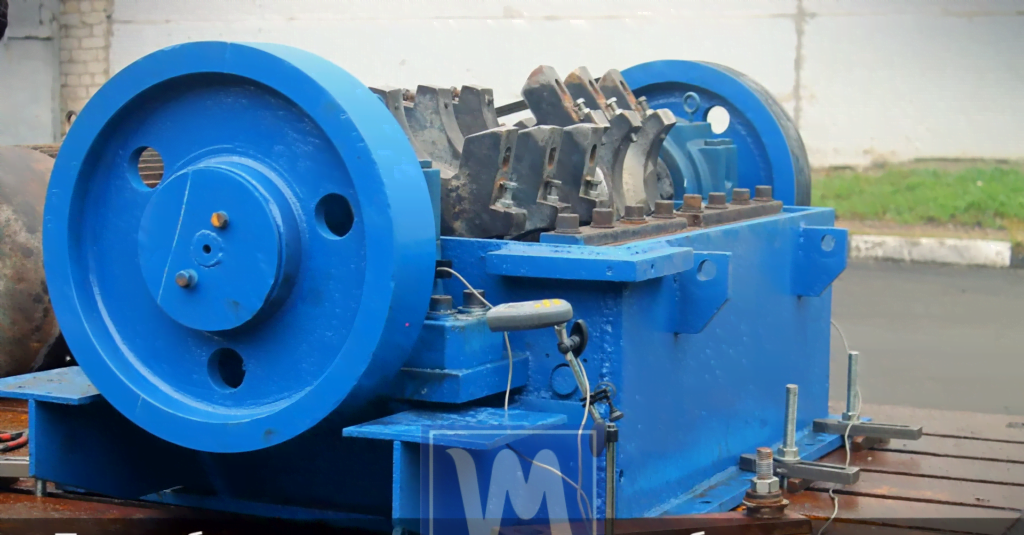
Balancing the crusher using the Balanset-1A vibration analyzer. Eliminating crusher vibration.
Types of Crushers
There are several types of crushers, each differing in principle and construction:
- Jaw Crushers: Material is crushed between two jaws, one of which is stationary while the other moves back and forth.
- Cone Crushers: Material is crushed in the space between a stationary and a rotating conical bowl.
- Impact Crushers: Material is crushed by the impact of hammers or blow bars attached to a rotating rotor.
- Hammer Crushers: Material is crushed by the impact of hammers attached to a rotating rotor.
Problems Caused by Crusher Imbalance
Imbalance in the crusher rotor can lead to several serious problems:
- Increased Component Wear: Constant vibration due to imbalance puts additional stress on all crusher components, leading to accelerated wear of bearings, shafts, drive mechanisms, crushing elements, and other parts. This increases the frequency of repairs and replacements, raising overall operating costs.
- Bearings and Bearing Housings: Bearings subjected to constant vibration wear out faster, causing play and further increasing vibration. Failure of bearing housings is an even more severe issue, requiring crusher disassembly, transportation to a repair workshop, rotor disassembly, restoration work, and subsequent reassembly and installation. This results in significant downtime and additional costs.
- Loosening of Bolted Connections: Vibration can cause bolted connections to loosen, leading to accidents and equipment failures.
What is Imbalance and Its Types?
Imbalance is a condition where the rotor’s mass is unevenly distributed relative to its axis of rotation. This results in centrifugal forces that cause vibration.
Types of Imbalance:
- Static Imbalance: Occurs when the rotor’s center of gravity is offset from the axis of rotation, creating a single-sided force that causes vibration.
- Dynamic Imbalance: Occurs due to uneven mass distribution along the length or diameter of the rotor, creating both forces and moments that cause additional vibrations.
Why Can’t You Balance Dynamic Imbalance Without Specialized Equipment?
Static imbalance can theoretically be corrected by adding weights to the lighter side of the rotor. However, this method is ineffective for dynamic imbalance, where the exact location and mass of corrective weights in multiple planes need to be determined. This requires a portable balancer or balancing machine to measure vibration amplitude and phase and calculate the necessary corrective weights and their placement.
Balancing Device for Crushers
The portable balancer and vibration analyzer “Balanset-1A” is ideal for balancing crushers on-site.
Main Characteristics and Advantages of Balanset-1A:
- Ease of Use: Balanset-1A is easy to learn and use, even for those without specialized knowledge in vibration analysis.
- Portability: The compact and lightweight device is easy to transport and use on-site.
- High Accuracy: Balanset-1A provides high measurement accuracy, ensuring quality balancing.
- Multifunctionality: The device can be used not only for balancing but also for vibration analysis and equipment diagnostics.
Crusher Balancing Process
Preparing the Crusher for Balancing
- Cleaning: Remove dirt, dust, and other debris from the rotor and surrounding surfaces that could affect measurement accuracy.
- Checking Fasteners: Ensure all bolts and nuts are securely tightened and the rotor is firmly mounted on the shaft.
- Checking Bearings: Inspect bearing condition, ensuring there is no play or unusual noise. Replace bearings if necessary before balancing.
- Installing Sensors: Mount vibration sensors on the crusher housing near the rotor bearings, oriented perpendicular to the shaft’s axis of rotation.
- Installing the Tachometer: Attach a reflective marker to the shaft or pulley and set up the tachometer so its laser beam hits the marker.
Step-by-Step Balancing Process with Balanset-1A
- Preparation: Attach vibration sensors to the crusher housing near the rotor bearings. The sensors should be oriented perpendicular to the rotor’s axis of rotation. Attach a reflective marker to the rotor or pulley. Mount the tachometer on a magnetic stand so that its laser beam hits the reflective marker. Connect the sensors to the “Balanset-1A” device, which is connected to a laptop. Launch the specialized balancing software.
- Initial Measurement: Select the single or two-plane balancing mode in the software, depending on the rotor’s design and the nature of the imbalance. Weigh the calibration weight and enter its weight and installation radius into the program. Start the crusher and measure the initial vibration level at idle.

- Installing the Test Weight: Install the calibration weight on the rotor in the first correction plane. Restart the crusher and measure the vibration. Ensure that the vibration or phase changes are at least 20%. If balancing in two planes, repeat the test weight installation procedure in the second correction plane.
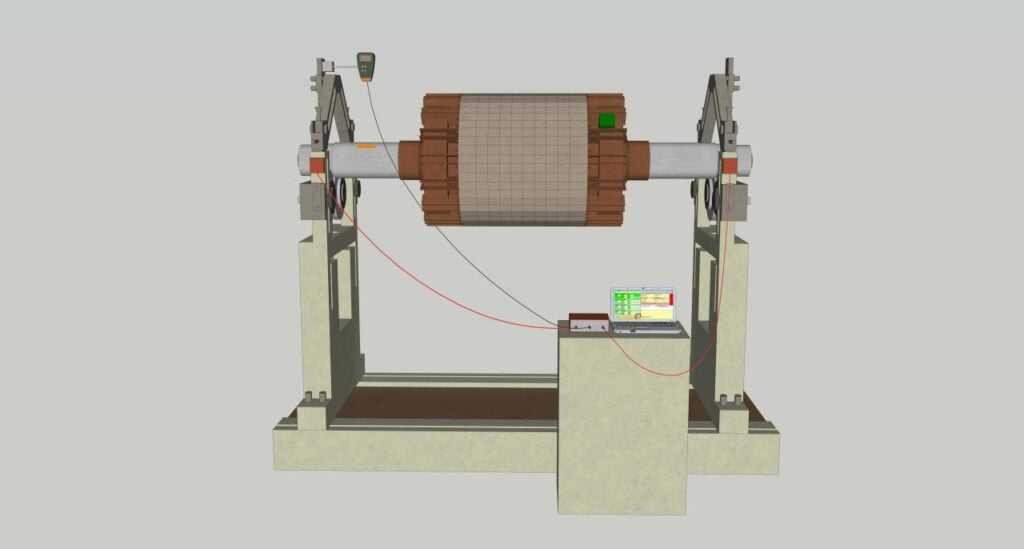
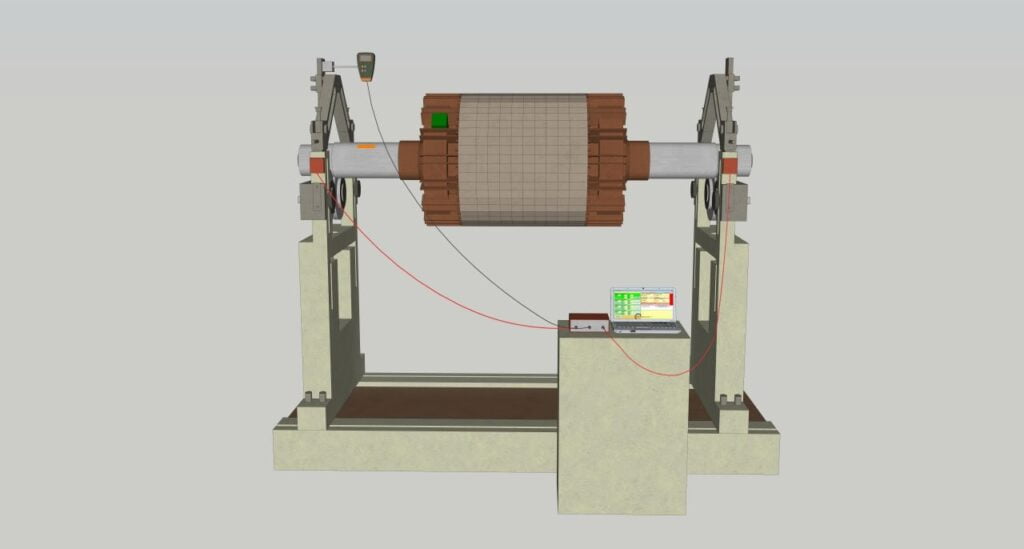
- Data Analysis: Using the obtained data, determine the corrective weights and their installation locations for balancing the rotor.
- Installing the Corrective Weights: Install the corrective weights on the rotor at the locations specified by the program. Suitable methods for attaching weights include welding, screws, clamps, or other appropriate methods.
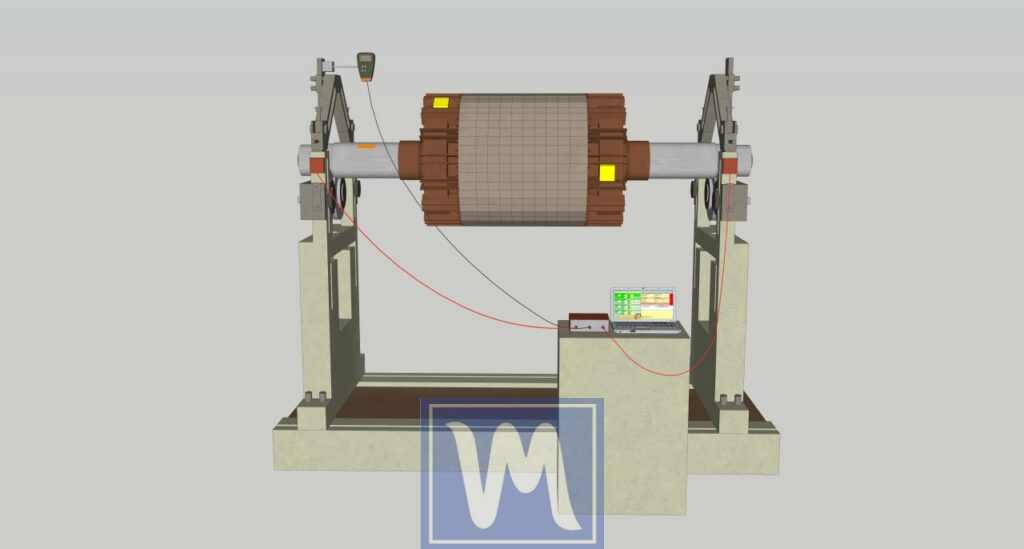
- Verification: Measure the vibration levels after installing the weights at idle. Ensure that the vibration is reduced to an acceptable level. If necessary, add or remove part of the corrective weight and recheck the balance.
Field Balancing of Crushers
Field balancing of crushers using the portable balancer “Balanset-1A” significantly reduces equipment downtime and avoids transportation costs to a service center.
Advantages of Portable Devices:
- Convenience and speed of on-site balancing
- Time and cost savings
- High balancing accuracy
Balanset-1A Product Card:
Description and Application:
Balanset-1A is a portable dual-channel device for balancing and vibration analysis of rotors mounted on two supports. It is ideal for balancing crushers, fans, pumps, and other industrial equipment on-site.
Main Functions and Technical Specifications:
- Vibrometer and balancing modes
- Measurement of rotational speed, amplitude, and phase of vibration
- Vibration spectrum analysis
- Imbalance tolerance calculation according to ISO 1940
- Measurement data storage and analysis
- Report generation
- Range of RMS vibration velocity measurement: 0.02 to 80 mm/s
- Frequency range of RMS vibration velocity measurement: 5 to 550 Hz
- Number of correction planes: 1 or 2
- Rotational speed measurement range: 100 to 100,000 RPM
- Vibration phase measurement range: 0 to 360 degrees
- Vibration phase measurement accuracy: ±1 degree
Benefits of Using Balanset-1A:
- Reduced maintenance and repair costs
- Increased efficiency and productivity
- Improved working conditions
- Quick return on investment
Conclusion
Regular crusher balancing is a crucial aspect of maintenance that helps prevent major breakdowns, reduce repair costs, and ensure the efficient and safe operation of equipment.
Frequently Asked Questions About Crusher Balancing
How often should a crusher be balanced?
It is recommended to balance the crusher regularly, especially after intensive use, replacement of crushing elements, or signs of imbalance such as increased vibration or noise.
What balancing class is required for a crusher?
The balancing class for a crusher depends on its type, size, rotational speed, and vibration requirements. Typically, a balancing class of G6.3 according to ISO 1940-1 is recommended for crushers.
Can a crusher be balanced independently?
Yes, field balancing of a crusher is possible. Using a portable balancer and vibration analyzer like the Balanset-1A allows for vibration measurements and the calculation of necessary corrective weights directly on-site, significantly saving time and costs.
If you want to enhance the efficiency and reliability of your crusher, reduce maintenance and repair costs, and improve working conditions, contact us. We offer professional on-site crusher balancing services using state-of-the-art equipment and advanced technologies.
Contact us today for more information about our services and to receive a free consultation!
We guarantee high-quality balancing and provide technical support through WhatsApp.

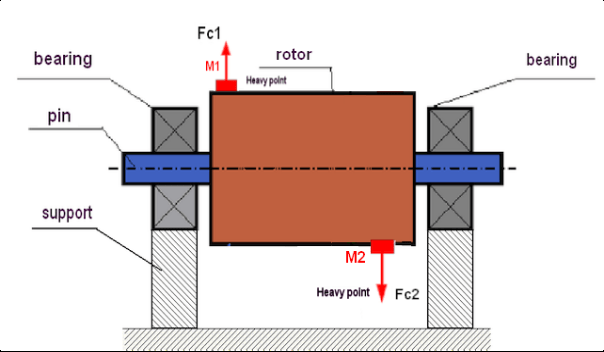
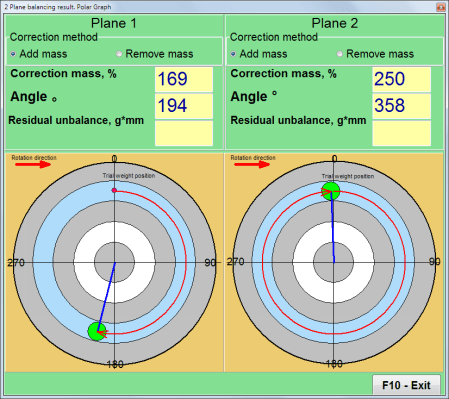
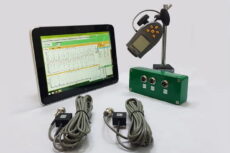
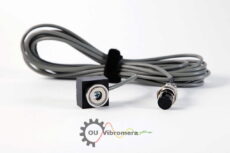
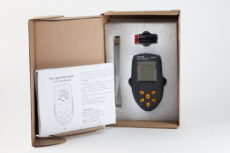
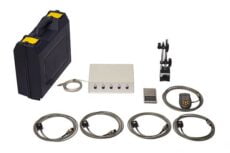
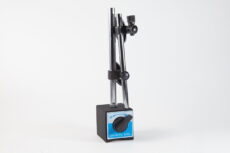

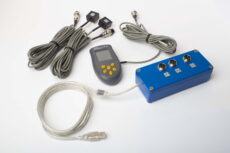
0 Comments